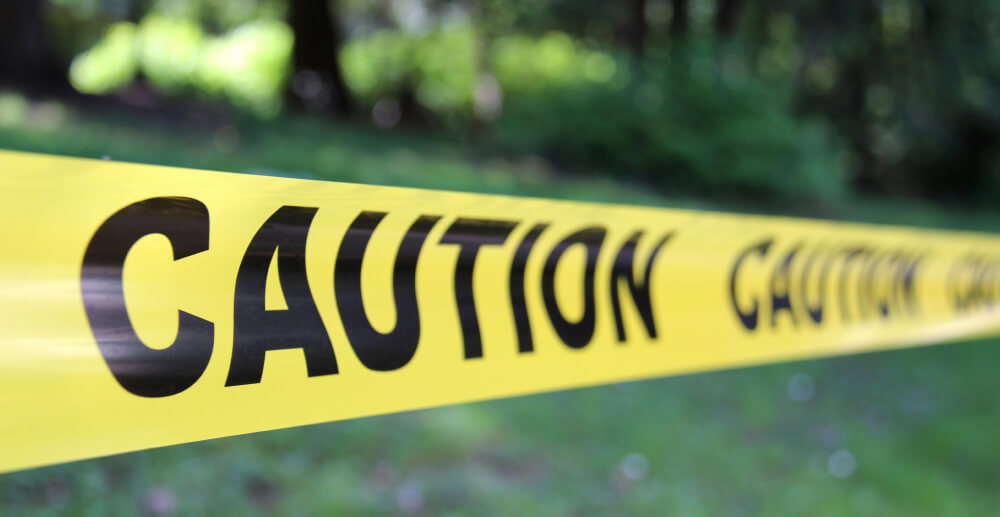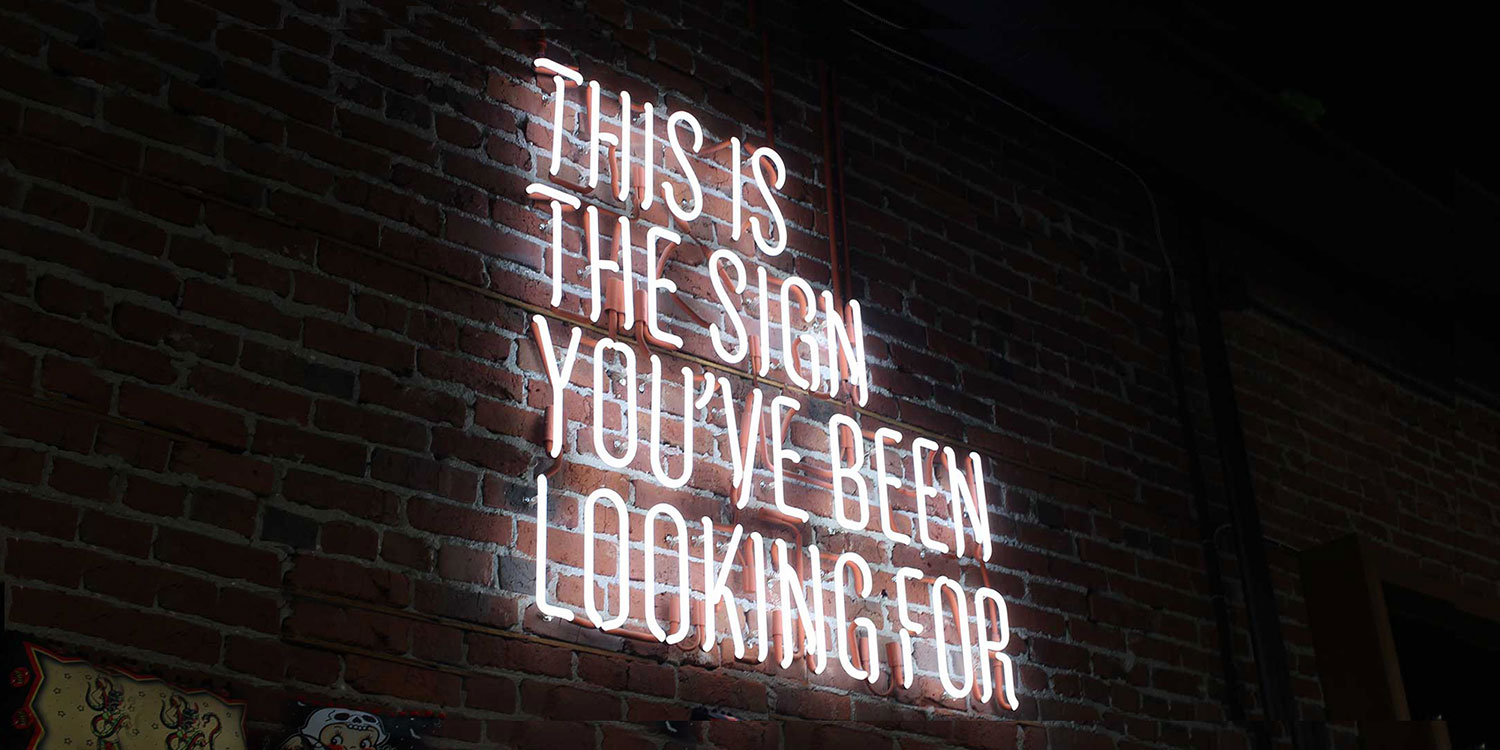Let’s clear up some of the confusion around the role of naloxone in buprenorphine treatment.
Have you ever wondered the purpose of that other ingredient in the Suboxone (buprenorphine/naloxone) you take to treat your opioid use disorder? If you’re prescribed buprenorphine for medication-assisted treatment in the United States and you’re not pregnant*, you’re probably getting Suboxone, Zubsolv, or another buprenorphine formulation that comes paired with a second ingredient—naloxone. If you’re wondering what that other medication is or what it’s doing in your bupe, you’re not alone. There’s actually quite a lot of confusion surrounding the role of naloxone in buprenorphine among folks with opioid use disorder. Before I enrolled in treatment I was buying my bupe on the street to use as a harm reduction method, and I remember hearing a lot of different, confusing, and often conflicting assumptions from other people who used illicit opioids. Today, I’m here to clear up some of the confusion around the role of naloxone in buprenorphine treatment.
*I included the disclaimer about pregnancy because many providers will prescribe buprenorphine-only formulations, like Subutex, during pregnancy.
What is naloxone?
First off, let’s start by talking about what exactly naloxone is. You might have heard of it under the brand name Narcan. Narcan (and other naloxone-only formulations) is a life-saving medication that can reverse an opioid overdose almost instantly. It comes as an auto-injector or a nasal spray. It works by knocking opiates out of the receptors in the brain to which they bind, and blocking those opioid receptors off. This means that if someone has too much of an opiate in their system, naloxone will knock the opioid molecules free and bind more strongly to those receptors, reversing a potentially fatal overdose. It is an amazing medication that some people have ventured to even call miraculous.
You can get naloxone as a stand-alone rescue medication in all 50 states, and last year it became available over the counter without a prescription. Here at Workit Health, we also prescribe it to all members of our opioid treatment programs. You can also get naloxone (often for free) from many community-based naloxone programs or syringe services programs.
Why is naloxone in my bupe?
If naloxone is a drug intended to reverse opioid overdoses that blocks opioids from taking effect, and buprenorphine is a partial-opioid agonist … why is naloxone included in a formula with buprenorphine? Doesn’t that just cancel out the bupe?
The answer is no! Buprenorphine/naloxone formulations come in the form of sublingual films or sublingual tablets. To take them, you place them under the tongue and allow them to fully dissolve. This is because buprenorphine has a high sublingual bioavailability. Basically, it is absorbed really well under the tongue. Naloxone, however, does not. It’s not absorbed at all well under the tongue. So if you’re taking your bupe as prescribed, then that naloxone is essentially doing nothing. Your body doesn’t absorb it, and it has no effect. So you don’t have to worry that it will reverse the effects of your buprenorphine.
“If you’re taking your bupe as prescribed, then that naloxone is essentially doing nothing.”
Huh? It does nothing? Why is a chemical included in medicine if it does nothing? It’s there as a preventative measure to stop misuse. If Suboxone or Zubsolv are snorted or injected, the naloxone no longer does nothing. Remember how naloxone for overdose reversal is available for injection or nasal use? That’s because while it isn’t absorbed well sublingually, it is absorbed extremely well through the bloodstream if injected or the nasal membranes if snorted. If an individual tries to use Suboxone that way (for example, in an attempt to get high), the naloxone takes effect and kicks the present opioids out of the opioid receptors in the brain. If the individual has opioids in their system, it can cause precipitated withdrawal. Precipitated withdrawal is a nasty, rapid-onset storm of withdrawal symptoms that occur when someone is put through withdrawal suddenly, rather than transitioning into withdrawal naturally by abstaining from opioids. It’s really awful, and nobody in their right mind will put themselves through it for no reason. All of this is to say: Naloxone is included in buprenorphine to stop users from injecting or snorting the drug.
(Note: Along with the individuals who might misuse Suboxone in an attempt to get high, some people become compulsive about the ritual of injection. This is called needle fixation. It’s not widely recognized in the United States, but is recognized in other countries like Australia and the UK. I’ve experienced it personally. It’s pretty nasty, and it can lead people to inject drugs simply … for the purpose of injecting them. Buprenorphine patients—especially new ones—who also experience needle fixation might have a desire to crush and inject their medication, which is absolutely not how it should be used. That is a continuation of addictive behaviors. Naloxone is a deterrent to that misuse.)
Does buprenorphine block out other opioids?
One big confusion I encountered among other people who were using heroin was around whether or not buprenorphine (by itself, not in combination with naloxone) could block the effects of other opiates. Many people believed that buprenorphine-only formulations would stave off withdrawal, but thought that it would not cause precipitated withdrawal if taken soon after using a short-acting opioid. That is simply not true. Buprenorphine is a powerful partial opioid agonist. It is very effective at binding to the opiate receptors, it just doesn’t activate them enough to cause euphoric effects in people already dependent on opioids. As it binds to the opioid receptors, it will also knock out a less powerful opioid (like heroin or oxycodone) if taken too soon after the last dose, resulting in—yes—precipitated withdrawal. Naloxone has nothing to do with this process. So yes, all buprenorphine medications—whether it is a buprenorphine-only formulation or a buprenorphine/naloxone combination like Suboxone and Zubsolv—will block the opioid receptors the same way.
But don’t just take it from me. Here’s what Jana Burson, an addiction treatment physician who specializes in opioid agonist therapy, has to say: “The pharmacologic properties of buprenorphine cause withdrawal if taken too soon after full opioids, with or without naloxone. Buprenorphine has a high affinity for receptors, meaning it sticks to them like glue, blocking other opioids.”
Can you use Suboxone to reverse an overdose?
If naloxone is part of Suboxone and other buprenorphine formulations, and naloxone is the drug that can reverse an overdose … then it makes sense that you could potentially use Suboxone to reverse an overdose, right? Probably not. There actually haven’t been many studies done on this, but the Harm Reduction Coalition says that if it were to work, the effect probably wouldn’t come from the small amount of naloxone. Instead it would be due to the buprenorphine, which can also knock other opiates out of the receptors.
Burson says, “I don’t know of any studies, but I’ve heard stories from the street where people give buprenorphine, either monoproduct or combo product, to reverse overdoses and it’s worked,” but adds, “Of course, we don’t want to tell patients to think they can rely on this unless/until there are studies done. Much better to make naloxone available.” Naloxone overdose reversal doses are also basically good to go right out of the package. If you wanted to inject someone with buprenorphine to reverse their overdose, you would have to crush or melt it down, get it into a syringe, and then get that syringe into the overdose victim’s vein—which might not be super easy if this person is a habitual IV drug user. It might (might) be better than nothing in a true emergency, but it’s definitely not a solution anyone should count on.
How much naloxone is in Suboxone?
Suboxone, Zubsolv, and their generic equivalents contain .5 mg of naloxone per 2mg of buprenorphine.








